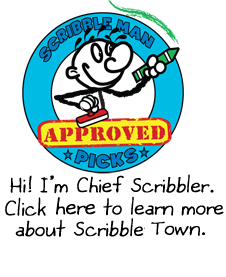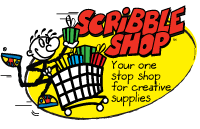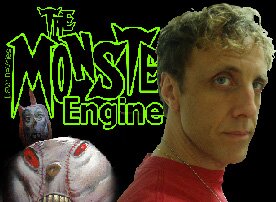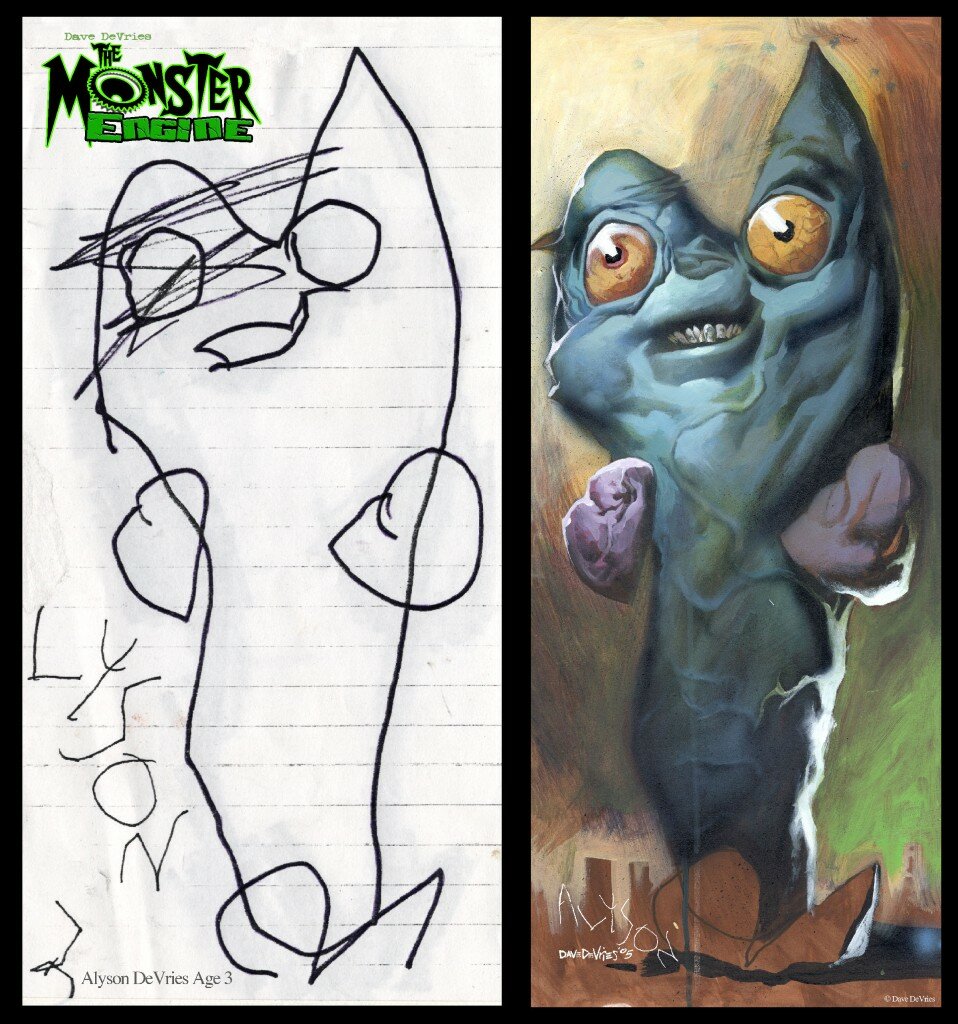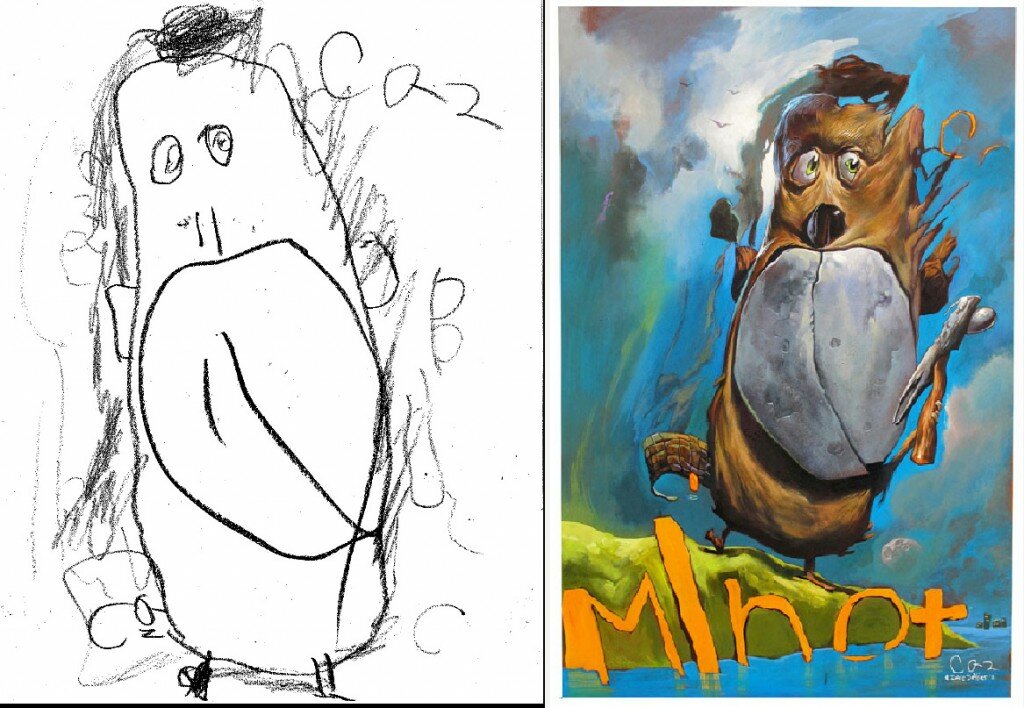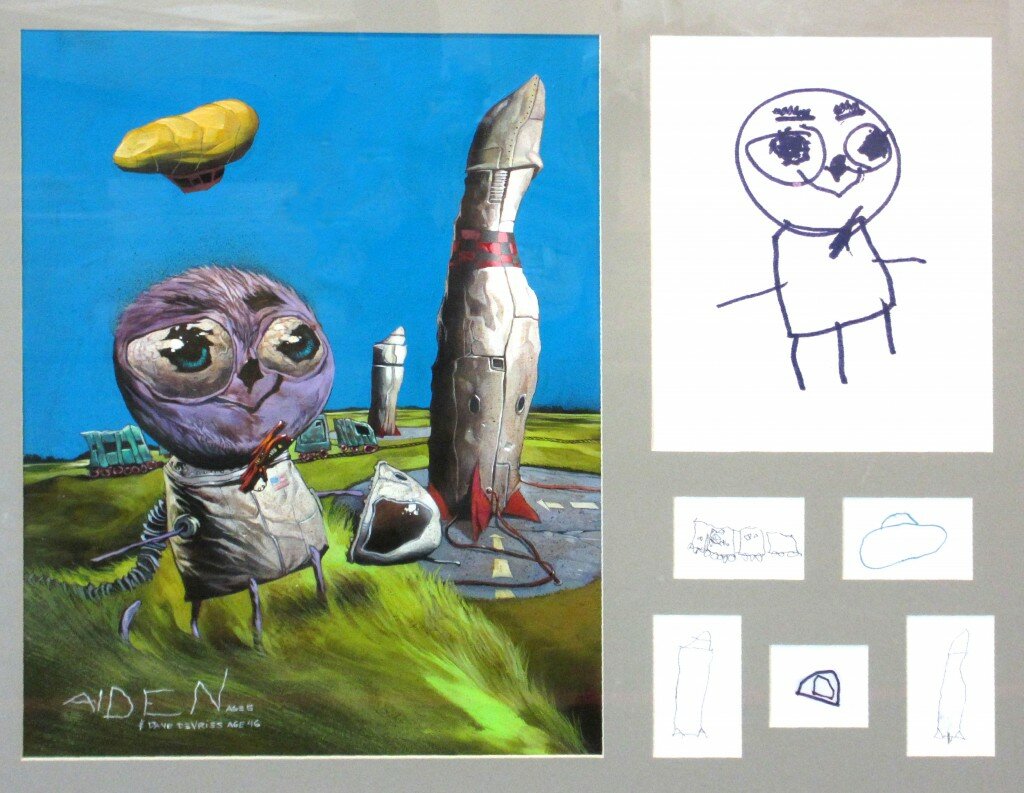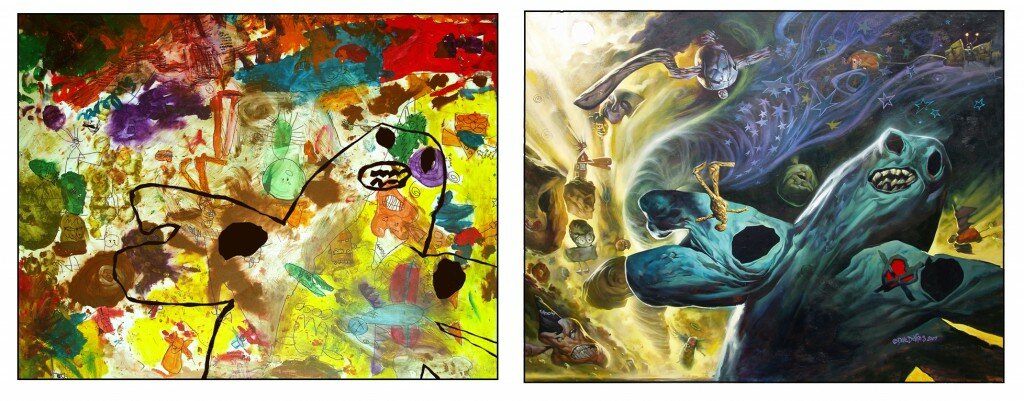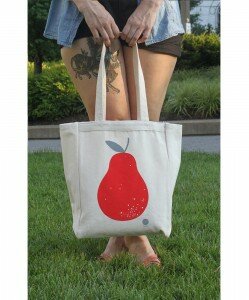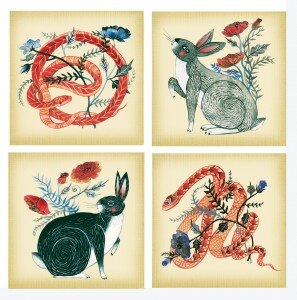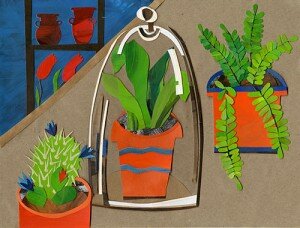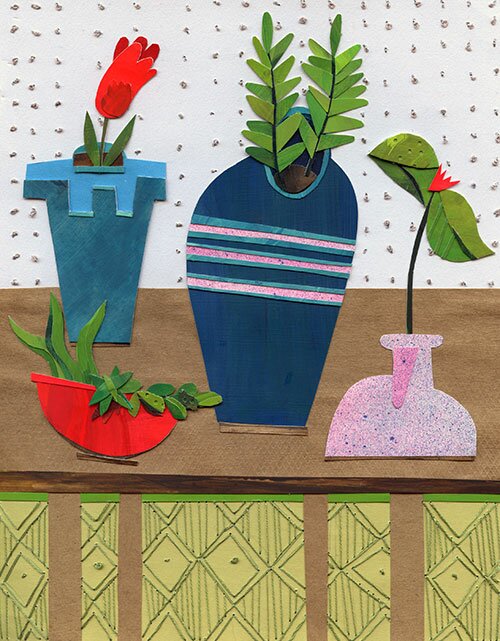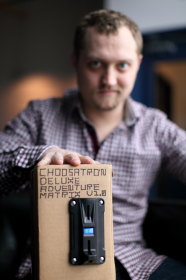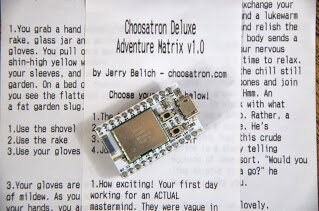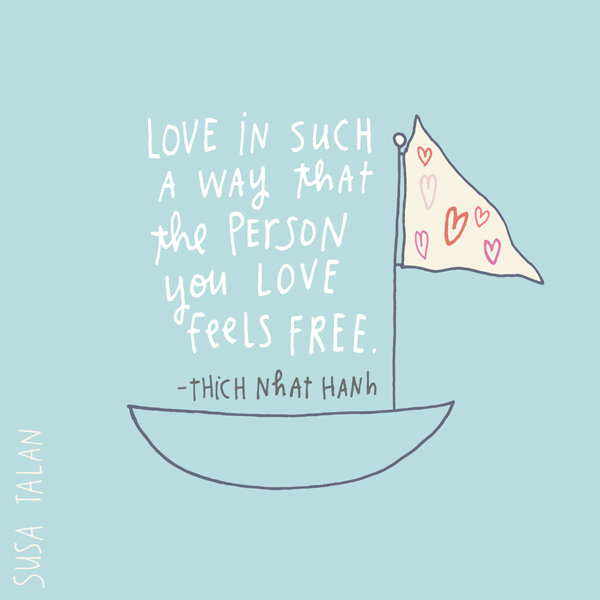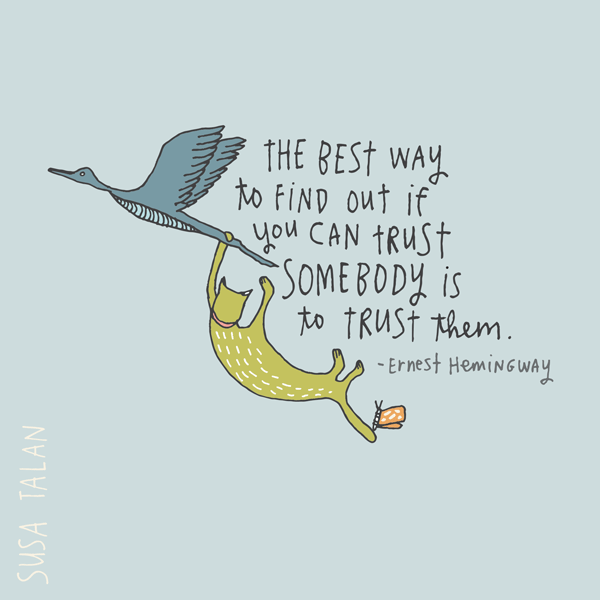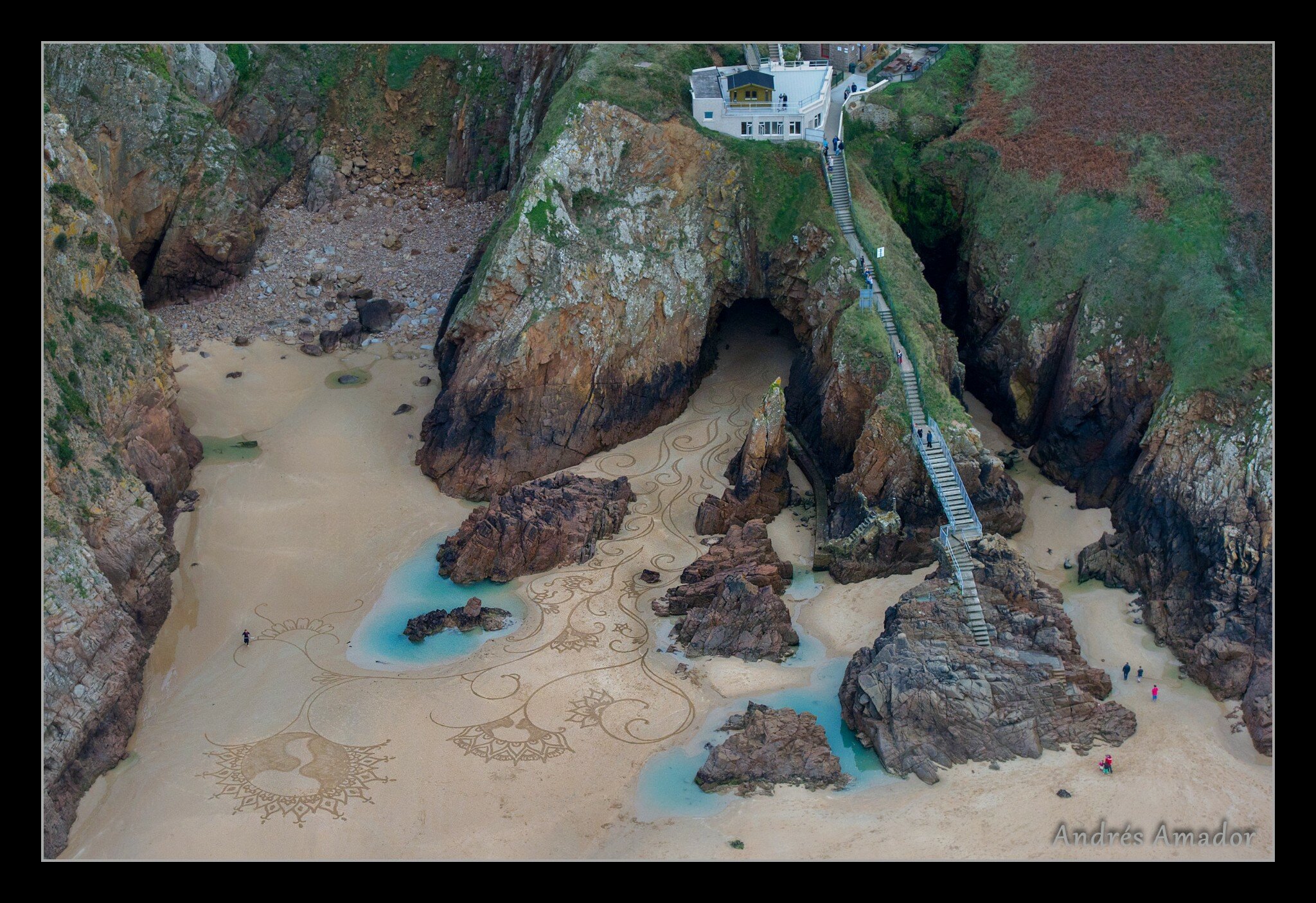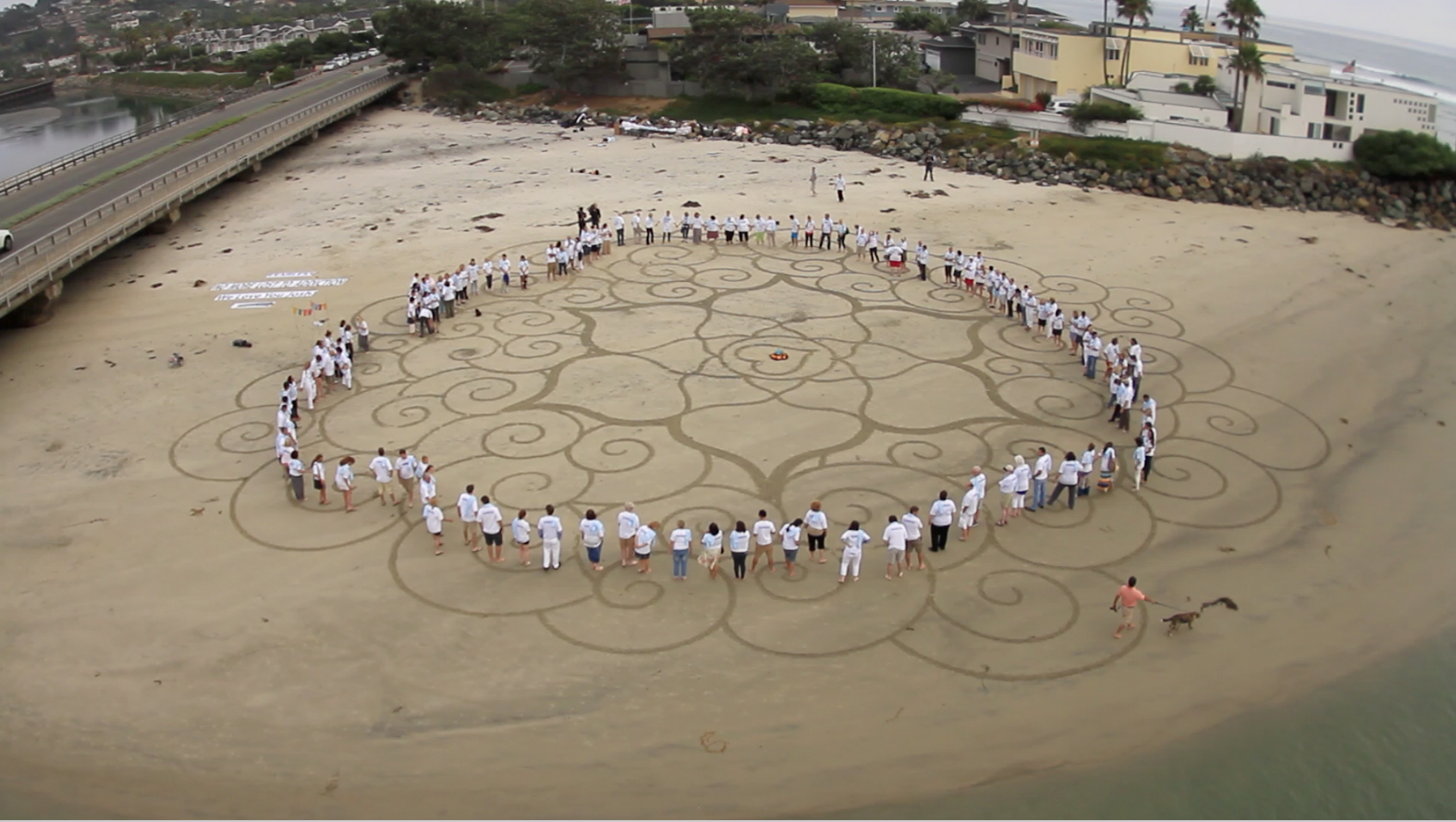Scribble Artist Interview with Diana Beltran Herrera!
Scribble Town (ST): Watching and being with animals in their natural habitat is a privilege, especially with the growth of cities and shrinking of forests. Wings in flight is like magic in motion. When I first saw these paper sculptures by Diana Beltran Herrera I felt a fluttery draft come from the flapping wings stopped in time! To recreate life so realistically one must have a unique relationship with it.

BIRDS OF FLORIDA – Orlando, FL
(September 17–December 8, 2013)
Diana, we are all excited to know more about you!
Diana Beltran Herrera (DBH): I am from Colombia. I was a very curious girl since I remember, always trying to discover nature. My dad often took me to my grandma’s farm where I had contact with nature. I remember it made me very happy and it was peaceful, full of joy and astonishing. I guess since that, I am interested in what nature means to me, to us as humans, and also I am trying to understand how this relation started and how it is now a days.
ST: You move and travel quite a bit. What brought you from place to place? Where are you now and what are you up to these days?
DBH: I have been traveling from one place to another, not as many as I wish but I hope I can discover more in the years that come. It has been a nice coincidence to find myself in such beautiful places in Europe, America, and see a variety and types of nature. How things are so different from one place to another or maybe how things are so similar. How nature manifests itself in such different forms and shapes and how it adapts and evolve. I am now living in south west England admiring this lovely cold and windy environment. I am studying a MA in fine arts at UWE. I am questioning myself and trying to find answers.

Flamingo by Diana Beltran Herrera
ST: Congratulations on getting into the Pictoplasma conference! What will you be creating for the event? Any sneak peaks of what to expect?
DBH: I am thinking of an installation. I have in mind a group of pelicans or maybe some fighting cocks. I have had a desire for a long time now to make a couple of pelicans probably standing on some locks. I think it will be interesting to show a bit of what I have archived throughout the years. I think this is the opportunity I was waiting for.
ST: This is your moment! You have worked very hard for it. When I look at ALL the animals, pictures, shapes, and collages you have created, I can see it is a result of a very passionate, imaginative, and playful person. How do you come up with your themes for your series of paper constructed animals? Did you start out by making birds? They all vary so much and are so lifelike!
DBH: I did start to explore paper in a tridimensional way. After that I worked a bit with sculpture and wood. I think one day my experiences just mixed up with what I had learned and I came up with some bodies of animals. And then I found the bird shape that I have been working for some 2 years now. It has been a long process of observation and hard work. Now I am happy with my latest works because they look very realistic. I am very visual so I work hard to get things done in the best way.
ST: As I was looking through your artworks I found myself really drawn to your Estudio del impacto de un movimiento en el espacio. They are so vibrant and colorful. You really are playing with space!
DBH: This was my early work that I had the opportunity to exhibit in Colombia. It was a study about how things form and move, and how in this movement things transform and mutate. It was an abstract work that allowed me to explore things in a basic way. This was also the beginning of the use of paper.
ST: What tools do you need for your practice? Any special paper or techniques we should know about?

Tit by Diana Beltran Herrera
DBH: It is basically a blade, scissors, paper and glue. Everything comes from cutting and placing elements over structures that I do also in paper. That is called a tridimensional collage.
ST: Where do you find yourself feeling really inspired to create? Is there something you do to get you into the mood to create? When you were making the Birds of Florida would you go bird watching to see them in action?
DBH: I have been always very inspired. I remember spending hours when I was a child drawing, or making plasticine or clay figures. This is a part of me that I have done ever since I was young. I wake up to this everyday, it is like a need for me. I don’t have much of a plan really, but I sit with what I find on my table or in my studio, and I play to create compositions, to match colors, or shapes, to draw lines.
In January 2013, I went to Florida and took my camera with me, I started to follow all this animals and particular birds and takes photos of them. After I came back I received an invitation to create a group of works and I was very happy because I knew about these birds.
ST: When you were a kid did you always go to the zoo or the forest? Have the native animals of Colombia made an impact on you?
DBH: I think it has been extremely important my background. Colombia is very diverse country and we as kids grow finding animals everywhere. I remember about going to the zoo a couple of times, but this animals never seem happy to me. I’d much rather to see the animals in the wild, it was a big surprise. I remember a lot woodpeckers and parrots. My mom allowed us to have all kind of domestic pets, I even had a cow, so yes, I have a strong connection with nature cause it was a part of me.

Swans, collage, 2013, by Diana Beltran Herrera
ST: That says it all! Your childhood friends were animals of every kind ![]()
DBH: I have a son who is 6 years old, his name is Simon. Since Simon was born I found motivation to teach him how to relate with nature. We found a nice way to admire and to respect. In my opinion this is something we need to teach children a lot because they need to grow strong for the future. Simon used to pick flowers, but one day when I took him out and showed him that there were lots of insects that benefit from these flowers he learned to respect them. Since then he draws everything he wants to have or everything he likes. We found in art a way to own things and collect without making any significant damage.
ST: Diana, you have taught us so much about how we can respect nature more. We must take care of each other for future generations to see the beauty on Earth! Thank you for sharing with us. Please keep us posted on your upcoming exhibitions and creations. To see more of Diana’s work, please go to her website at http://dianabeltranherrera.com.

Portrait of Diana Beltran Herrera

Red belied woodpecker by Diana Beltran Herrera

